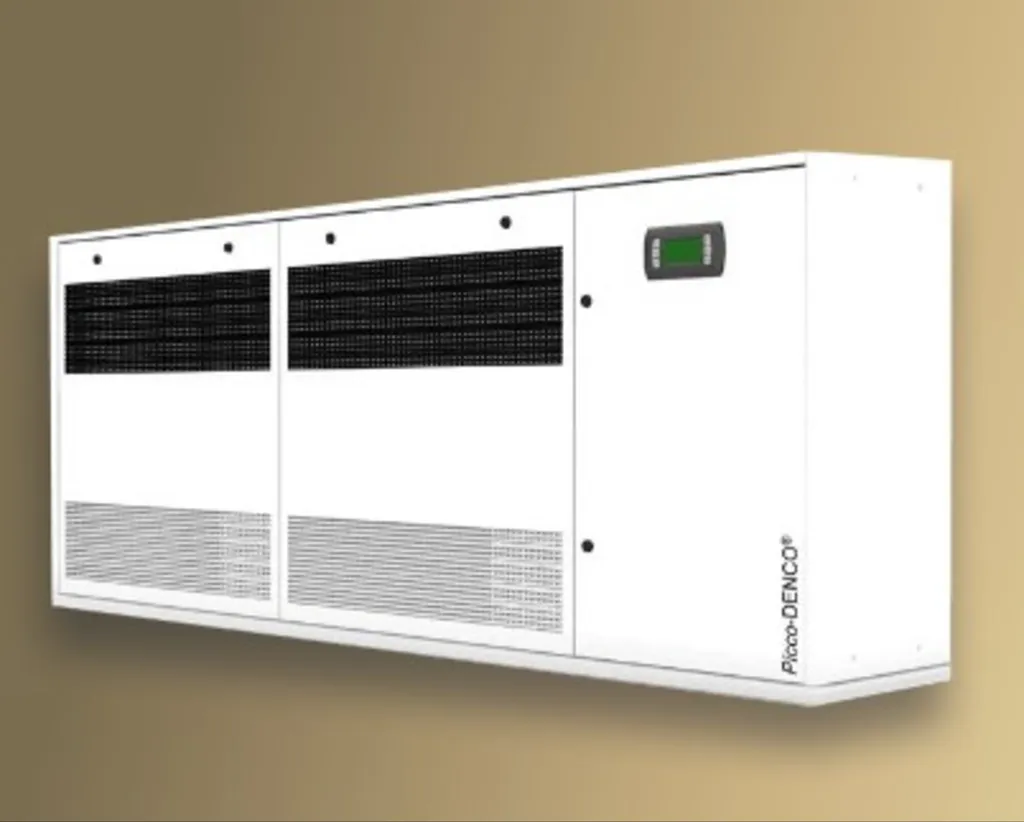Data centers, the powerhouses of the digital age, demand constant, reliable cooling to prevent overheating and ensure seamless operation. But how do we tackle the ever-increasing cooling demands of these facilities while also minimizing environmental impact and maximizing efficiency? One promising answer lies in row based cooling.
Understanding Data Center Cooling Challenges
Before diving into row based cooling, let’s quickly recap the cooling challenges data centers face. Servers generate a tremendous amount of heat with coil carrier, and if this heat isn’t effectively removed, it can lead to equipment failure, performance degradation, and even complete system shutdowns. Traditional cooling methods, such as room cooling, often struggle to keep up with the concentrated heat loads of modern data centers. These legacy systems tend to be less efficient, consuming significant amounts of energy and contributing to higher operational costs. Think about the impact of cooling an entire room when the heat is concentrated in specific areas. It’s like using a floodlight to read a book. Is there a better way?
What Exactly is Row Based Cooling?
Row based cooling, sometimes referred to as in-row cooling, is a targeted cooling strategy that places cooling units directly within the server racks themselves. Instead of cooling the entire room, row-based systems focus on removing heat at its source. Cooling units are strategically positioned between server racks, capturing the hot exhaust air directly from the servers before it has a chance to mix with the cooler air in the room. What’s the benefit? This proximity allows for more precise and efficient cooling, minimizing wasted energy and maximizing cooling performance.
Advantages of Row Based Cooling
So, why is row based cooling gaining so much traction? Let’s look at the advantages.
- Improved Energy Efficiency; By targeting heat at its source, row based cooling systems significantly reduce energy consumption compared to traditional methods. This translates to lower operating costs and a smaller carbon footprint.
- Enhanced Cooling Capacity; Row based cooling provides a higher cooling capacity in a smaller footprint. This is crucial for high-density data centers where space is at a premium.
- Better Temperature Control; Row based systems offer more precise temperature control, ensuring that servers operate within their optimal temperature range. This helps to prevent overheating and maintain system stability.
- Reduced Hot Spots; By directly removing heat from server exhausts, row based cooling eliminates hot spots within the data center. This helps to improve overall equipment reliability and extend the lifespan of servers.
- Scalability and Flexibility; Row based cooling is easily scalable and adaptable to changing data center needs. As the density of server racks increases, additional cooling units can be added to the existing infrastructure.
Row Based Cooling and Sustainability
Beyond efficiency, row based cooling contributes to data center sustainability. Less energy consumption translates to reduced greenhouse gas emissions. Furthermore, some row based systems utilize environmentally friendly refrigerants and incorporate free cooling strategies to further minimize their environmental impact. Aren’t such initiatives a step in the right direction for a greener future?
Row Based Cooling in Action
Imagine a data center with densely packed server racks, each generating a significant amount of heat. Instead of relying on traditional room cooling, row based cooling units are strategically placed between the racks. These units capture the hot exhaust air directly from the servers, cooling it down, and then recirculating the cool air back into the data center. This targeted approach ensures that servers are consistently cooled, preventing overheating and maintaining optimal performance.
Kaltra; A Leader in Efficient Cooling Solutions
Kaltra, an international company based in Munich, specializes in manufacturing energy-efficient chillers, free cooling systems, precision air conditioners, and microchannel heat exchangers for data centers and industry. Operating in over 60 countries, Kaltra prioritizes environmental friendliness and reliability in its products. While not explicitly focused solely on row based cooling, Kaltra’s range of cooling solutions can be integrated into row based cooling architectures to further enhance efficiency and performance. How can Kaltra’s expertise contribute to optimizing row based cooling implementations?
The Future of Data Center Cooling
Row based cooling represents a significant advancement in data center cooling technology. Its ability to deliver targeted, efficient, and scalable cooling makes it an ideal solution for modern data centers seeking to optimize performance, reduce energy consumption, and minimize their environmental impact. As data centers continue to evolve and become more demanding, row based cooling will likely play an increasingly important role in ensuring their reliability and sustainability. Where do you see the future of data center cooling heading?

